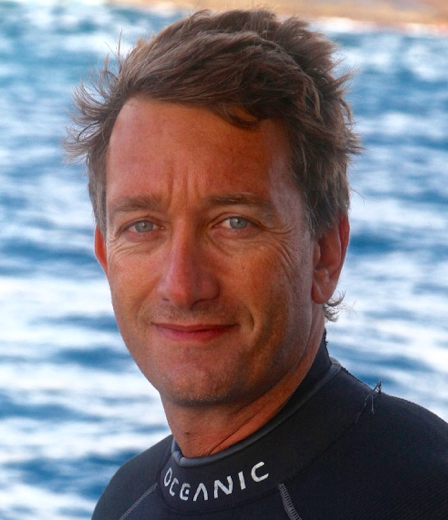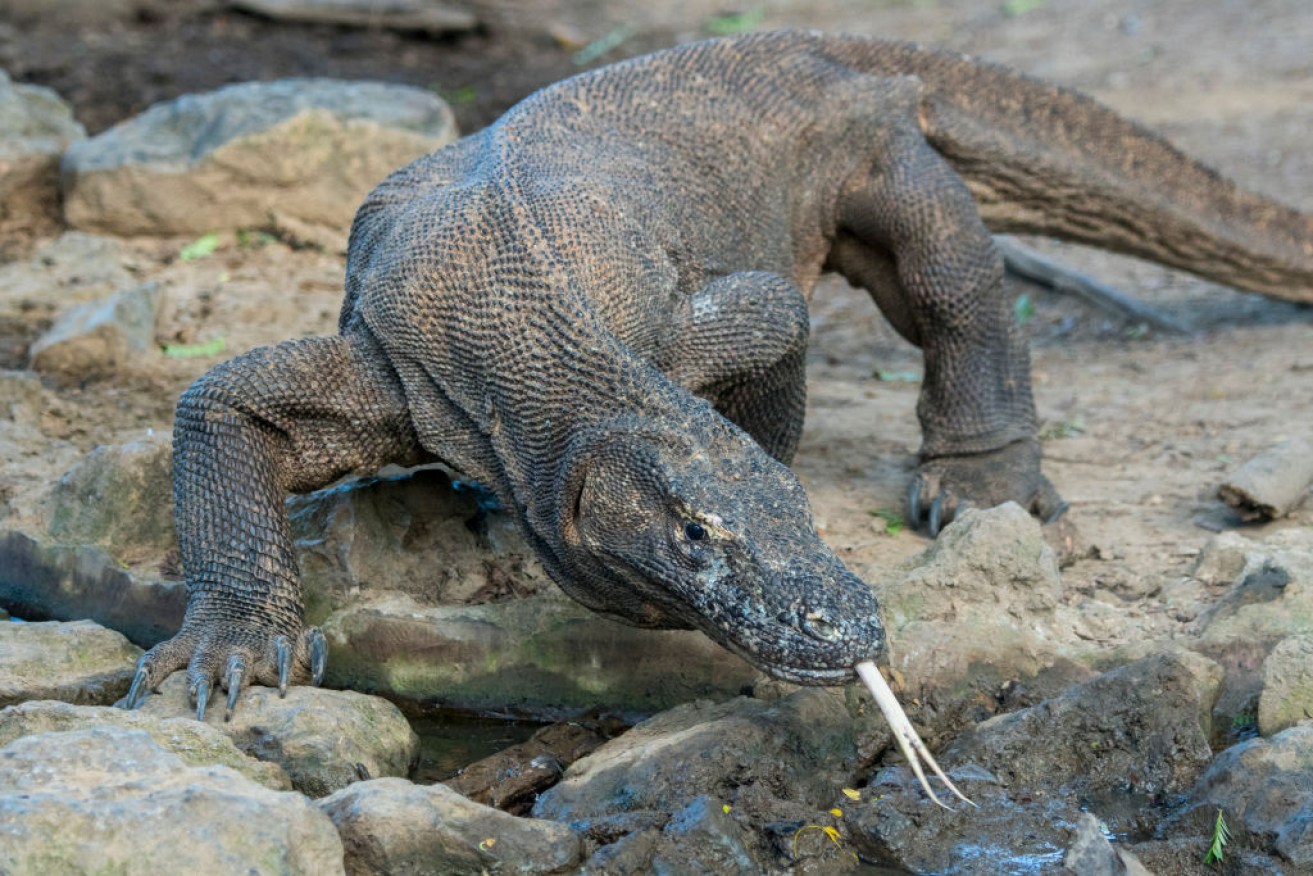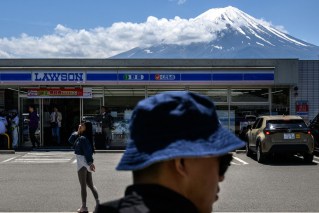Five amazing places you can’t visit any more


Komodo Island has the biggest remaining population of komodo dragons. Photo: Getty
Across the world, we’re loving places to death, turning them into crowded rubbish-strewn parodies of their former stunning selves.
Our obsession with sharing travel content on apps like Instagram and YouTube is partly to blame. But social media has also helped spread awareness about paradises lost, shaming authorities into closing delicate ecosystems to the public to allow them to recover.
Here are five overtouristed places you can’t visit anymore.
Maya Bay, Thailand
The lesson behind The Beach, the brilliant 1996 novel about a group of backpackers who discover an isolated beach in Thailand untouched by tourism and then wreck it by letting the secret out, was lost on the public.
Every day, 5000 tourists streamed into Maya Bay, a paradisaical lagoon on Phi Phi Leh Island, where parts of the 2000 film adaptation of The Beach – starring Leonardo DiCaprio – were filmed.
The sheer weight of tourists, their sunscreen, plastic fins and boats killed all the coral and scared the fish away. In 2018, the Thai department of national parks shut the circus down for a year.
Blacktip reef sharks – predators at the top of the food chain – have since returned to Maya Bay.
The ban was extended for a further two years and Maya Bay is scheduled to reopen in 2021. When – and if – it does, there’ll be a strict quota for visitor numbers and boats will be banned from mooring inside the bay.

Thailand’s Maya Bay has been off limits to tourists for two years. Photo: Getty
Komodo Island, Indonesia
Growing up to three metres long with razor-sharp teeth and poisonous bites, Komodo dragons are the largest and deadliest lizards on Earth.
They are also endangered – there are only about 2800 left – mostly on Komodo Island in eastern Indonesia.
Interest in Komodo dragons has shot through the roof in the age of social media. In 2008, 44,000 people visited Komodo National Marine Park. By 2018, 176,000 people visited.
Most just wanted to take photos but some took something else. In 2019, Indonesian police busted a local smuggling ring trying to sell five dragons taken from the park – on top of the 41 they’d already sold.
In riposte, the local governor announced Komodo Island would close indefinitely. A few months later he changed his mind but said from 2020, the entry fee for foreigners would rise from US$10 to US$1000 ($A15-$150) to ensure quality tourism over quantity tourism.
The thought was in the right place but the outrageous mark-up cuts most of us out.

Komodo Island has the biggest remaining population of Komodo dragons. Photo: Getty
Uluru, Australia
The story of Uluru’s closure to climbers in 2019 and how it played out on mainstream and social media can best be best understood through the prism of the prejudices of Senator Pauline Hanson.
For decades, the Anangu people, traditional custodians of Uluru, pleaded with national park authorities to ban climbers. The Anangu believe their ancestors live inside the rock and obviously did not want people walking on top of it, driving golf balls off the edge or pissing on it. They even put up a sign asking visitors to simply appreciate Uluru from the ground.
But 300,000 people went and head and climbed it anyway.
When authorities finally gave the Anangu their wish, Hanson used her Facebook page to launch a campaign to overturn the ban, saying Uluru belongs to all Australians. But after accepting an invitation from Anangu elders to climb Uluru before it closed, Hanson realised how dangerous it was (36 tourists have died on or as a result of the climb) and rubber-stamped the ban.
“I’m not going up any further,” she said. “Seriously, I cannot get down.”
Of course travellers can still visit Uluru, and appreciate it from afar, or from the beautiful, and often peaceful, base walk circuit.
Daffodil Hill, US
Daffodil Hill is a field of the beautiful yellow and white flowers in Volcano, close to California’s state capital of Sacramento.
The family that has owned it since the mid-1800s always welcomed photographers, some of whom travelled across the US to capture the likeness of their beautiful daffodils.
But in the age of the smartphone, everyone is a photographer and Daffodil Hill became an unwilling Instagram hotspot, attracting thousands of people every weekend. In July 2019, the owners had had enough and announced they would close it to the public.
“After the crush of visitors that descended upon our Hill this year, we came to realise that the limitation on the size of our parking areas and the inability of the local road infrastructure to handle the volume, created liability and safety concerns for everyone involved.”
On a flowery note, local tourism authorities later said they would offset the closure by planting thousands of daffodil bulbs in the area.
Bloemenmarkt
Peoples’ obsession with photographing flowers is also responsible for what happened to Bloemenmarkt, a floating flower market in Amsterdam – one of the most over-touristed cities in the world.
From 1862, growers sold made-to-order tulip bouquets to locals from boats moored on the edge of a canal. But after the Dutch Tourism Board successfully marketed Bloemenmarkt as a world-class attraction, tourists began outnumbering customers at the market.
Stallholders had no choice but to go with the flow; they started selling pre-packed bulbs, wooden tulips and souvenirs instead of bouquets. In 2019, the last stallholder selling made-to-order bouquets packed up and left, saying big groups of tourists standing in front of his stall made it impossible to serve paying clients.
So while you can still go to Bloemenmarkt, it’s no longer Bloemenmarkt. It’s just another tourist trap.

Bloemenmarkt has gone from actual market to tourist trap. Photo: Getty








